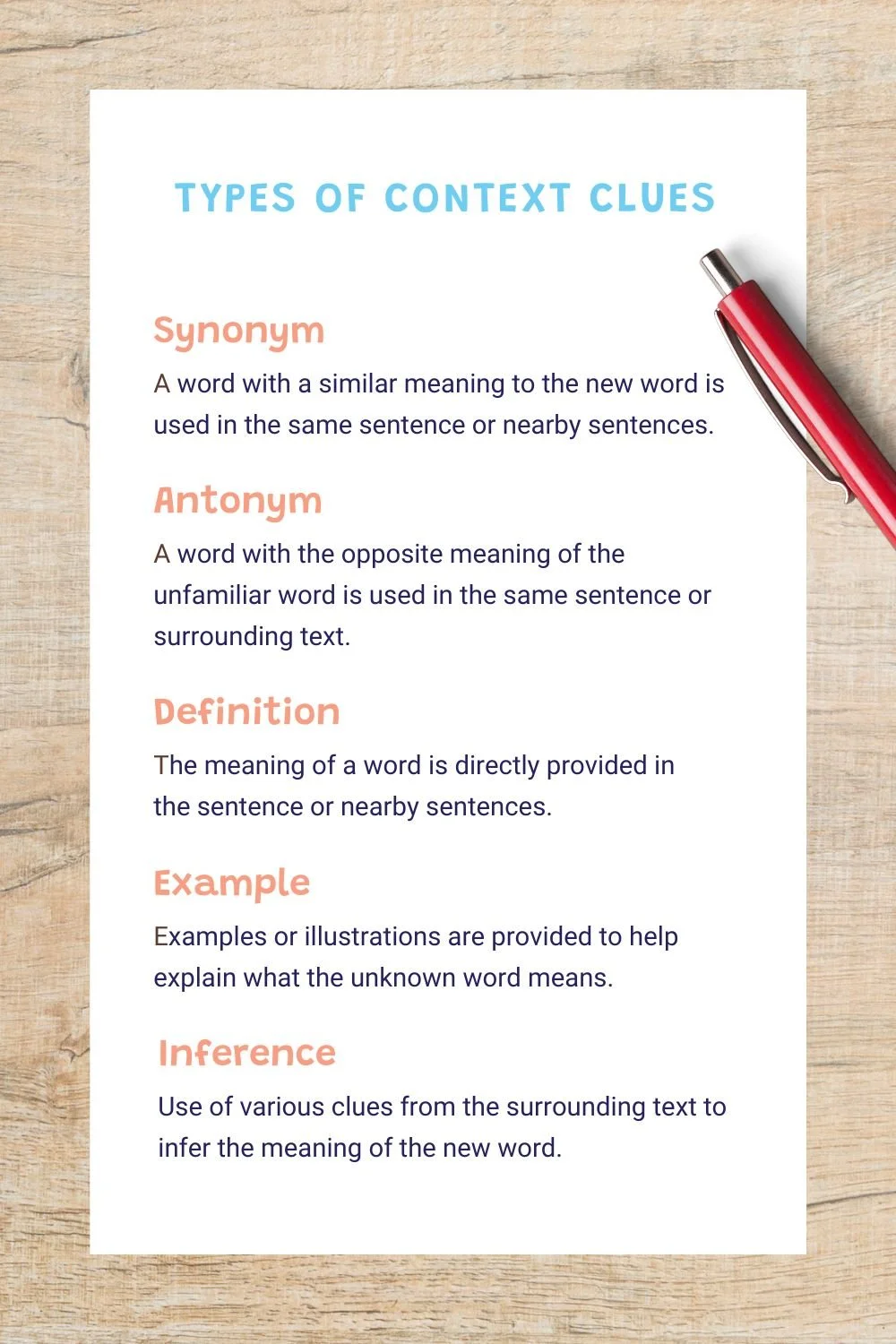4 Ways to Improve Word Recognition and Decoding
Part 2 of Our Series: Reading Roots — The 5-Step Journey for Kids
Reading Time: 1 mins, 58 secs
The practice of phonics — which teaches readers to recognize alphabetic letters and their corresponding sounds, and pair them together to create words — is essential to helping kids become strong readers.
Basic reading comprehension hinges on a reader’s ability to use phonics-based techniques to decipher unknown words. Decoding, or “sounding out,” involves isolating letters and sounds and using that knowledge to translate words into easier concepts. Additionally, word recognition involves quickly identifying and understanding familiar words without decoding them letter by letter. Both skills are essential when learning how to read.
Here are four techniques that can be used to reinforce word recognition and decoding in young readers:
1. Basic Phonics
Practicing basic phonics helps readers get familiar with the relationship between letters and corresponding sounds, allowing them to decode unfamiliar words. When practicing, it is important to pay specific attention to how certain sounds blend to form words.
Practice tip: Use a variety of exercises, such as games, word building, and songs to reinforce basic letter-sound combinations.
2. Sight Words
Sight words refer to common words readers often come across and should recognize instantly. Depending on grade level, there are likely target sight words students should practice. Sight words are rarely spelled regularly, meaning they are not easily sounded out.
Practice tip: Create flashcards or word walls with common sight words and constantly encourage your kids to practice reading and spelling them.
3. Context Clues
Using context clues, like surrounding words, pictures, or prior knowledge about the subject, can help readers identify unfamiliar words. While context clues don’t replace an ability to comprehend word meanings, they are important to help new readers make sense of sentences and words that are unfamiliar.
Practice tip: Circle unfamiliar words and underline familiar ones to make it easier to piece together tricky concepts visually.
4. Vocabulary Lessons
Continuously improving vocabulary is essential to a kid’s reading development. Vocabulary lessons help readers improve their word recognition skills and make it easier for them to identify similar words.
Practice tip: Label everything to give kids constant reminders of the words and things that surround them.
For many children, making the appropriate connections or grasping decoding and word recognition skills can be challenging. But don’t let these challenges discourage your readers! With the right support and resources, children can improve their comprehension skills and become confident readers.
Read the Entire Series
Share this article






